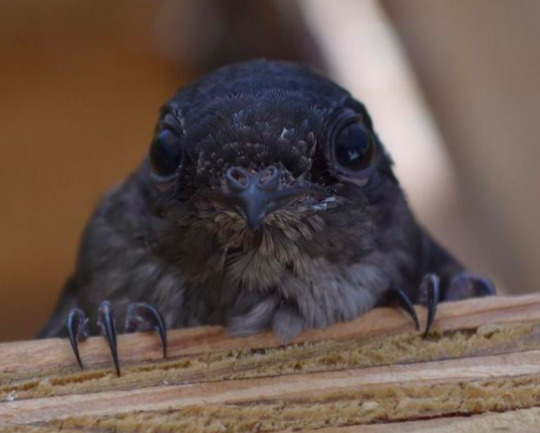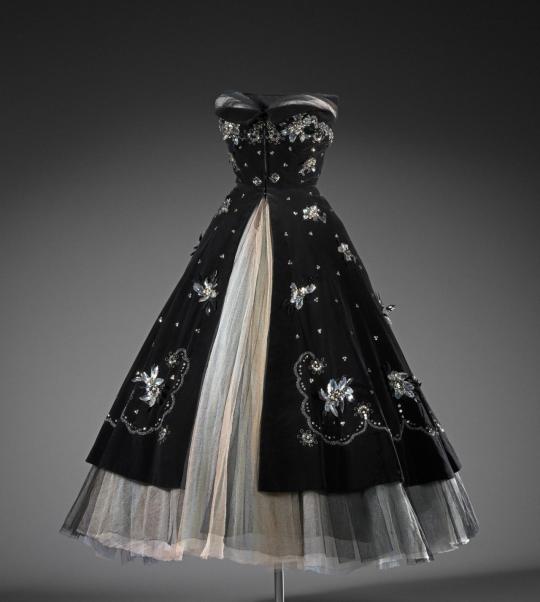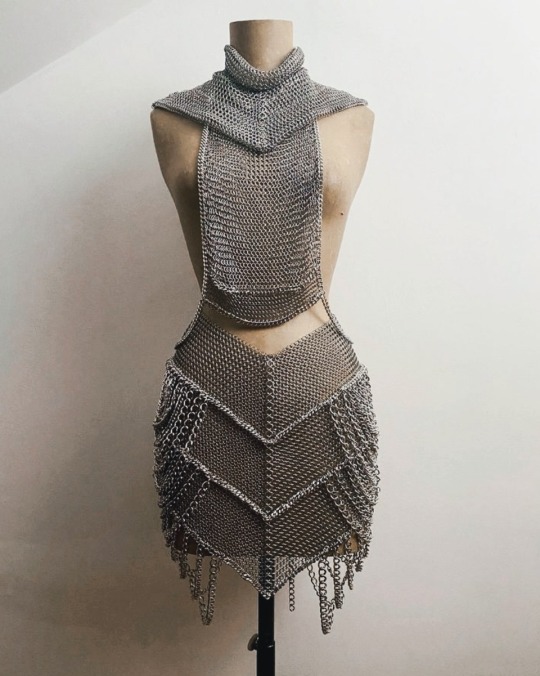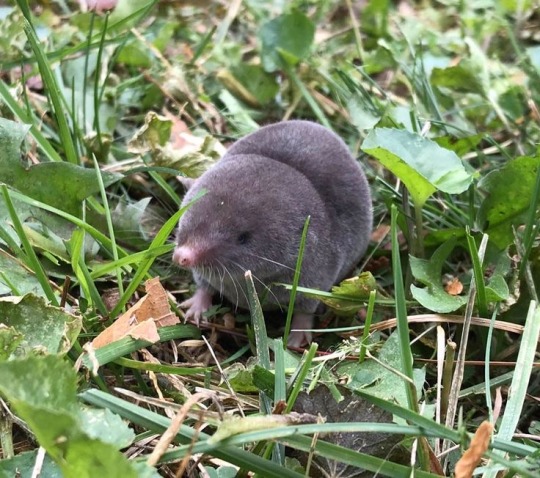24 Put bbq jerk sauce in everything I use your pronouns, my main is @hallucigeniidae header by @etchif
Don't wanna be here? Send us removal request.
Text

incredible picture of my neighbours puppies
21K notes
·
View notes
Text
Buying my favourite ice cream on sale and then immediately getting too sick to eat it . Does the world hate me ? Is anoyone there
#bad post op#not even the worst thing . i was supposed to go to a party w someone ive been nonstop flirting w tn . and im too sick#killllll
0 notes
Text

Emissaries of the Low Sun
featuring a Carnotaurus with very long horns
8K notes
·
View notes
Photo

Chimney swift doing what a chimney swift does best…clinging to stuff
📸: South Florida Wildlife Center
18K notes
·
View notes
Photo

ab. 1958 Evening dress by La Petite, Melbourne (fashion house), Pat Rogers (designer)
silk, cotton, tulle, glass (beads), plastic (sequins), metal
(National Gallery of Victoria, Melbourne)
6K notes
·
View notes
Text


custom chainmail bridal overdress by falconiereshop on instagram ♡
5K notes
·
View notes
Photo

The Courier-News, Bridgewater, Pennsylvania, January 19, 1933
3K notes
·
View notes
Text

In a deeply disturbing finding that has sent shockwaves throughout the nation and the world, officials from the U.S. Fish and Wildlife Service confirmed Thursday that cows have gone extinct.
After fielding numerous questions from the public about where all the cows had gone, the federal agency reportedly conducted an in-depth survey of dairy farms, cattle ranches, and open pasture land across six continents, eventually concluding that not a single member of the domesticated ungulate species remains anywhere on the planet. Full Story
348 notes
·
View notes
Text
The gelatin in film stock was made from the hide, bones, cartilage, ligaments, and connective tissue of calves (considered the very best), sheep (less desirable), and other animals who passed through the slaughterhouse. Six kilograms of bone went into a single kilogram of gelatin. Eventually, the demands of photographic industries generated so much need for animal byproducts that slaughterhouses became integrated into the photographic production chain. Controlling the supply chain became key to Kodak's success. In 1882, as Kodak began to grow as a company, widespread complaints of fogged and darkened plates stopped production. The crisis almost ruined Kodak financially and resulted in the company tightly monitoring the animal by-products used in gelatin. Decades later, a Kodak emulsion scientist discovered that cattle who consumed mustard seed metabolized a sulfuric substance, enhancing the light sensitivity of silver halides and enabling better film speeds. The poor-quality gelatin in 1882 was due to the lack of mustard seeds in the cows' diet. The head of research at Kodak, Dr. C. E. Kenneth Mees, concluded, "If cows didn't like mustard there wouldn't be any movies at all." By controlling the diet of cows who were used to make gelatin, Kodak ensured the quality of its film stock. As literary scholar Nicole Shukin reflects, there is a "transfer of life from animal body to technological media." The image comes alive through animal death, carried along by the work of ranchers, meatpackers, and Kodak production workers.
—Siobhan Angus, Camera Geologica: An Elemental History of Photography
13K notes
·
View notes
Text

Today's bird is this naughty kea trying to steal my peppermint tea
3K notes
·
View notes
Text


Ying Ouyang by Li Cha for Vogue China May 2024
160 notes
·
View notes






